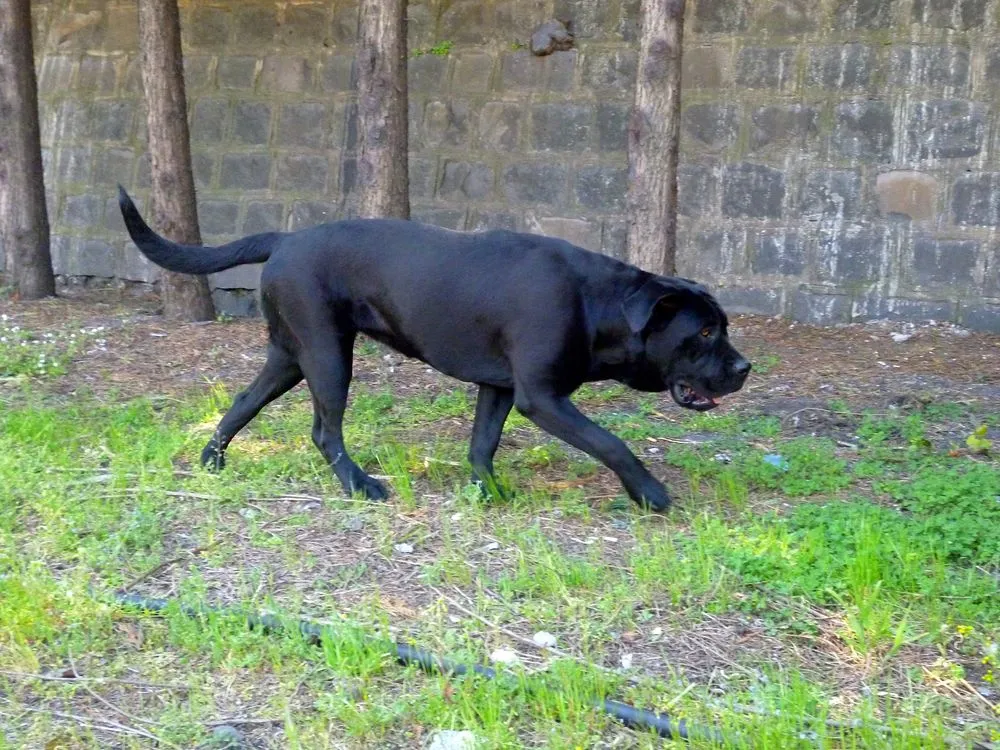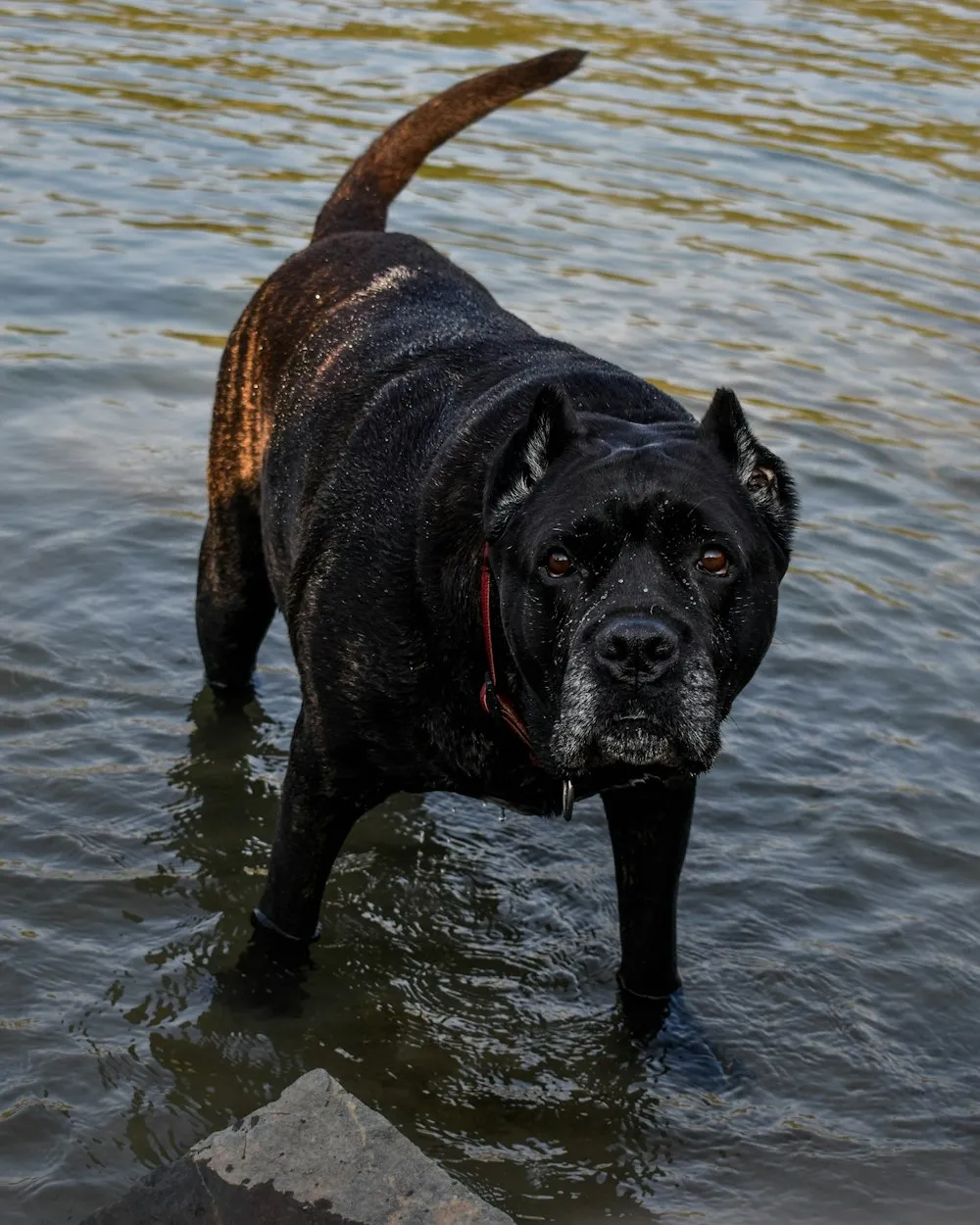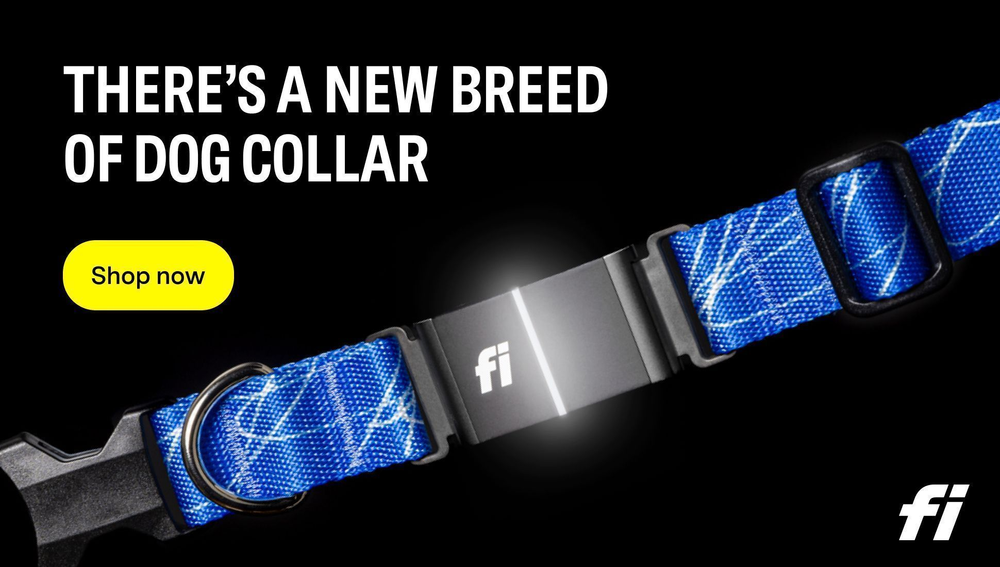
The History of the Cane Corso
To truly appreciate the significance of Cane Corso's tails, we must first understand the breed's history. Originating from Italy, Cane Corsos were historically working dogs, excelling in various tasks such as guarding, hunting, and herding. Their strong and sturdy build made them valuable assets to farmers and landowners. Over the centuries, the breed evolved and adapted to different roles, but their loyalty and protective nature remained steadfast.
Characteristics of Cane Corso Tails
The Cane Corso's tail is a notable feature that adds to their overall appearance and communication abilities. Understanding the characteristics of Cane Corso's tails is essential in appreciating their significance. Here are some key aspects to consider:
Types of Cane Corso Tails
Cane Corsos can have different types of tails, including natural tails and docked tails. A natural tail remains intact, while a docked tail is surgically shortened when the dog is just a few days old. The shape, length, and carriage of the tail can vary among individual dogs.
Communication and Expression
Cane Corso's tails serve as a means of communication and expression. Through tail movements, these good family dogs convey various emotions and intentions. A wagging tail generally indicates happiness and excitement, while a stiff or tucked tail may signal fear or submission. Understanding these cues helps in interpreting Cane Corso's behavior and emotional state.

Balance and Coordination
The tail also plays a role in a Cane Corso's balance and coordination. When running, turning, or changing directions, the tail acts as a counterbalance, helping the dog maintain stability and agility. It contributes to their graceful movement and enhances their athletic abilities.

Adaptability and Functionality
Cane Corso's tails have evolved over generations to adapt to different working roles. In their historical roles as guardians and hunters, their tails provided balance during swift movements and aided in changing directions quickly. While the Cane Corso's working responsibilities have changed over time, their tails still retain their functional aspects.
Individual Variation
Just like other physical traits, the appearance and characteristics of Cane Corso tails can vary among individual dogs. Some may have naturally long tails, while others may have tails on the shorter side. Each Cane Corso's tail is unique, contributing to their individuality and charm.
Understanding the characteristics of Cane Corso tails allows us to appreciate their importance and better comprehend the communication and functionality associated with this breed's tail. Whether natural or docked, the tail is an integral part of the Cane Corso's identity.
Cane Corso Tail Docking: The Controversy
Tail docking in Cane Corsos has been a subject of debate and controversy. The practice involves the surgical removal or shortening of a dog's tail, usually when they are just a few days old. Here, we explore the different perspectives and considerations surrounding Cane Corso tail docking.
Historical and Traditional Reasons
Historically, tail docking was believed to prevent tail injuries during work and protect the dog from potential threats. In the past, Cane Corsos were working dogs engaged in various tasks such as guarding and herding. The belief was that docking their tails would prevent tail-related injuries and maintain their overall functionality.
Aesthetic Considerations
Some proponents of tail docking argue that it enhances the breed's appearance and conformity to certain breed standards. In some dog shows and competitions, dogs with docked tails may be preferred, leading to a perception that tail docking is necessary for a Cane Corso's aesthetic appeal.
Health and Welfare Concerns
Opponents of tail docking raise concerns about the potential negative impact on a dog's health and welfare. They argue that tail docking is an unnecessary surgical procedure that can cause pain, discomfort, and potential complications such as infection. Critics also emphasize that a dog's tail is an essential part of their natural communication and should not be removed for cosmetic purposes.
Legal Status
The legal status of tail docking varies across different countries and regions. Some jurisdictions have banned tail docking altogether, considering it unnecessary and inhumane. Others permit tail docking for specific purposes, such as working dogs or specific breeds. It is necessary to understand the laws and regulations in your area regarding tail docking.
Personal Choice and Ethical Considerations
Tail docking is ultimately a personal choice made by breeders, owners, and veterinarians. It is essential to carefully consider the ethical implications and long-term consequences before opting for tail docking. Balancing the desire to preserve breed standards with the well-being and welfare of the happy dog is crucial in making an informed decision.
The controversy surrounding Cane Corso tail docking encompasses historical, aesthetic, health, legal, and ethical considerations. Individuals involved in the Cane Corso community need to engage in open discussions, consider different viewpoints, and prioritize the overall welfare and well-being of these magnificent dogs.
Caring for a Cane Corso with a Natural Tail
Caring for a Cane Corso with a natural tail requires specific attention and consideration. Here are some essential tips to ensure the well-being and comfort of your furry companion:
Tail Care Tips for Natural-Tailed Cane Corso
1. Regular Inspections: Regularly inspect your Cane Corso's tail for any signs of injury, irritation, or abnormalities. Look for cuts, swelling, redness, or discharge. Promptly address any issues by seeking veterinary care if needed or easing fear at the vet.
2. Gentle Handling: Handle your Cane Corso's tail with care and gentleness. Avoid pulling, tugging, or twisting their tail, as this can cause discomfort or injury. Treat their tail as a sensitive part of their body and be mindful of their comfort.
3. Cleaning and Hygiene: Keep your Cane Corso's tail clean and hygienic. Regularly check for dirt, debris, or fecal matter that may get trapped in the fur around the tail. Gently clean the area with a damp cloth or mild dog-specific cleanser, if necessary.
4. Avoid Tail Trauma: Protect your Cane Corso's tail from potential trauma. Prevent situations where their tail may get caught, pinched, or injured. Be cautious around doors, gates, or other objects that can accidentally harm their tail.
5. Tail Exercise: A Cane Corso's tail is an extension of their body, and regular exercise is crucial for their overall well-being. Engage your dog in physical activities and provide ample opportunities for them to move and wag their tail freely.
Training and Socialization for Cane Corso with Tails
1. Obedience Training: Train your Cane Corso to respond to basic obedience commands, including cues related to their tail. Teach them to sit, stay, and come on command, using positive reinforcement techniques. This will help establish a strong bond and communication between you and your dog.
2. Socialization: Properly socialize your Cane Corso with other dogs, animals, and people. Expose them to various environments, sounds, and situations to build their confidence and ensure they can handle interactions without fear or aggression.
3. Tail-Friendly Activities: Engage in tail-friendly activities that allow your Cane Corso to express themselves and utilize their natural tail movements. Play games that involve wagging their tail, such as fetch or tug-of-war, to keep them physically and mentally stimulated.

Remember, each Cane Corso is an individual, and their care may vary slightly. Regular veterinary check-ups, a balanced diet, and plenty of love and attention are also essential components of caring for your Cane Corso with a natural tail. By providing proper care and attention, you can ensure a happy and healthy life for your beloved companion.
A Responsible Cane Corso Breeder
Finding a responsible Cane Corso breeder is crucial to ensure you bring home a healthy and well-adjusted puppy. Here are some essential considerations and red flags to watch out for when searching for a reputable breeder:
Research and Referrals
1. Do Your Homework: Conduct thorough research about the Cane Corso breed, its characteristics, and potential health issues. Understand the breed standard and what to look for in a well-bred Cane Corso.
2. Seek Referrals: Reach out to reputable Cane Corso clubs, organizations, and experienced owners. Seek recommendations for responsible breeders who follow ethical breeding practices.

Red Flags to Avoid in a Cane Corso Breeder
1. Unwillingness to Show Health Clearances: A responsible breeder should willingly share health clearances for the parent dogs, including certifications for hip dysplasia, eye conditions, and other genetic health issues. The lack of transparency in this regard is a significant red flag.
2. Multiple Breeds or a Large Number of Litters: Breeders who focus on multiple breeds or have a large number of litters at once may prioritize quantity over quality. It's best to choose a breeder dedicated to the Cane Corso breed.
3. Lack of Interaction with Dogs: A responsible breeder will have a close relationship with their dogs. They should be knowledgeable about their dogs' temperaments, personalities, and health. Avoid breeders who have minimal contact or knowledge about their dogs.
4. No Questions Asked: A reputable breeder will ask you detailed questions about your lifestyle, experience with dogs, and your expectations for a Cane Corso. They genuinely care about finding the right homes for their puppies and will want to ensure a good match.
5. Unsanitary or Inadequate Living Conditions: Visit the breeder's facility or home and observe the living conditions of the dogs. Cleanliness, appropriate space, and proper care are signs of a responsible breeder. Avoid breeders who keep their dogs in unsanitary or overcrowded conditions.
6. No Health Guarantees or Contract: A responsible breeder will provide a written contract that outlines their health guarantee, return policy, and ongoing support. Beware of breeders who offer no such guarantees or fail to provide the necessary documentation.
Finding a responsible Cane Corso breeder requires time, patience, and careful consideration. Remember that a responsible breeder's priority is the health and well-being of their dogs, as well as finding suitable homes for their puppies. By choosing a reputable breeder, you increase the chances of bringing home a Cane Corso with good genetics, temperament, and overall health.
Conclusion
Cane Corso tails are an integral part of the breed's identity, showcasing their unique charm and individuality. Whether you opt for a natural tail or a docked tail, it's significant to prioritize the well-being of your beloved companion. Make informed decisions, considering the welfare of the dog and the legal framework in your area. By understanding the historical context, characteristics, and controversies surrounding Cane Corso's tails, you can navigate this topic with knowledge and empathy.
FAQs
Here are five frequently asked questions about Cane Corso's tails:
Q1: Are Cane Corsos born with docked tails?
A: No, Cane Corsos are born with natural tails. Tail docking is typically performed shortly after birth.
Q2: Does tail docking affect a Cane Corso's personality?
A: There is no scientific evidence to suggest that tail docking directly impacts a dog's personality. However, early experiences and socialization can influence their behavior.
Q3: Is tail docking necessary for a Cane Corso's well-being?
A: Tail docking is a personal choice and depends on various factors. Many countries have banned tail docking for cosmetic purposes, emphasizing the importance of considering alternatives.
Q4: Can I show my Cane Corso with a natural tail in conformation events?
A: Conformation event rules may vary, but most allow Cane Corsos with natural tails to participate. It's advisable to check the specific regulations of the event you plan to attend.s
Q5. What should I do if I want to adopt a Cane Corso with a docked tail?
A: If you prefer a Cane Corso with a docked tail, it's essential to find a reputable breeder who follows ethical and responsible breeding practices.
Q6. Can Cane Corsos feel pain during tail docking?
Tail docking is typically performed when the puppies are very young, and local anesthesia may be used to minimize discomfort. However, the procedure still involves pain and carries certain risks. It is essential to consult with a qualified veterinarian for professional advice.
Q7. How can I prevent tail injuries in my Cane Corso?
To prevent tail injuries, ensure a safe environment for your Cane Corso. Remove any potential hazards that may cause accidents or trauma. Additionally, supervise physical activities and playtime to minimize the risk of tail injuries.
Q8. Are there any alternative methods to tail docking?
Yes, there are alternative methods to tail docking, such as partial docking or leaving the tail intact. These options have gained popularity as people seek more natural and ethical approaches to dog care. It is recommended to research and discuss these alternatives with your veterinarian.






